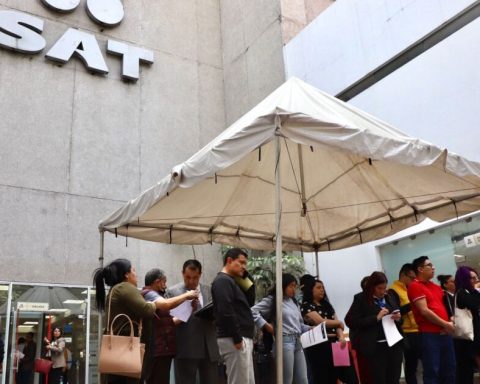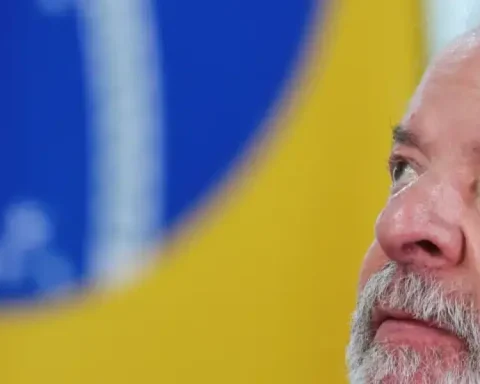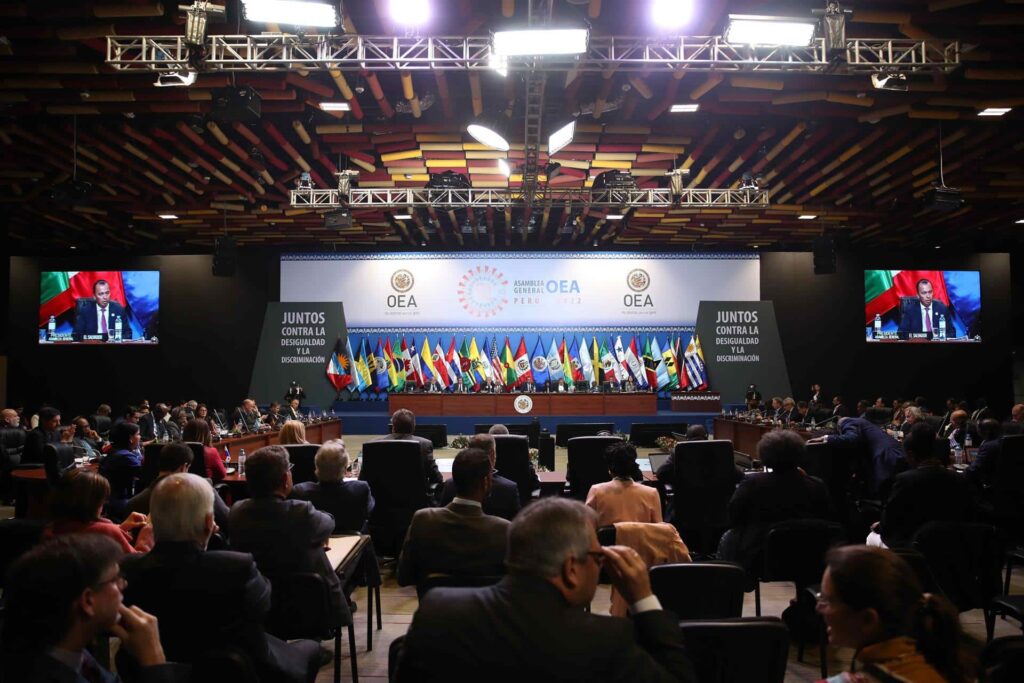The emergence of Information and Communication Technologies (ICTs) has changed our lives. On a social, work and personal level we act, work or communicate differently. This situation, magnified by the pandemic, has caused new risks to appear in our daily lives. These are the so-called emerging risks.
The main problem is that the high exposure to computers, tablets, smartphones and other technologies have increased our levels of negative stress (distress). Specifically, when the origin is in the Difficulty adapting to technology It is called technostress.
The new risks and their names
Faced with this situation, new risks appear that affect our health, including:
-
vamping: digital hyperconnection subtracts hours of sleep and causes insomnia.
-
phubbing either snooze: contempt for the people around us for prioritizing our phones.
-
smombies: the attitude of circulating or carrying out other activities without paying attention due to being aware of the smartphone.
-
nomophobia: the need to stay constantly connected. We can’t spend 24 hours offline.
-
Text-Neck: set of ailments in the cervical area derived from constant consultation on the telephone and the adoption of incorrect postures.
All these risks are associated with an increase in the number of hours we spend in front of a screen and a decrease in physical activity. The combination of digital hyperconnection, sedentary lifestyle and/or overeating is lethal, and ends up generating problems circulatory, respiratory, musculoskeletal or even mental. This has contributed to the fact that we have gone from fearing infectious and sexually transmitted diseases to being easy prey for chronic noncommunicable diseases. These diseases are not contagious, but it is our way of life (a cultural aspect) that promotes its spread.
Some attitude changes
We cannot erase social and labor demands with a stroke of the pen. But we can change our attitude towards these demands. Here are some suggestions for dealing with technostress:
-
Identify sources of stress, that is, the stressors that cause an alteration in our state of well-being. Knowing what causes us stress is the first step to be able to face it.
-
Be aware of what activities free us from stress. Each of us must know what activities allow us to completely forget about the rest of the situations that generate stress: sports, culture, family, friends, etc.
-
Look for physical activation. The daily demands are shifting towards the mental part, so it is important to seek to compensate that mental effort with physical activity. This same effort will help us deal with a sedentary lifestyle and the musculoskeletal problems associated with it. World Health Organization recommends at least 150 minutes of moderate physical activity weekly. This activity is understood at least as a walk at a high pace or a light run.
-
Practice digital disconnection. The hyperconnection we live in generates dependency. We must be able to find oases that free us from information overload, leave space for our mind to recharge.
-
Look for supports. Family, friends or co-workers, communication and social interaction are good tools to manage techno-stress.
-
Planning, organization, self-knowledge. Being prepared to face stressful situations, organizing our lives and knowing our strengths and weaknesses makes us more resilient.
Stress is defined as a mismatch between demands and capabilities. Therefore, if we are able to know and improve our abilities, we will be able to better tolerate the stressful situations that we face on a daily basis.
Adapting to change has allowed us to evolve and survive as a species. At a time when changes are constant, we need that adaptation more than ever.
Ivan Fernandez SuarezProfessor in the master’s degree in Occupational Risk Prevention at the International University of La Rioja (UNIR) and prevention consultant for Fraternidad-Muprespa, UNIR – International University of La Rioja
This article was originally published on The Conversation. read the original.
















